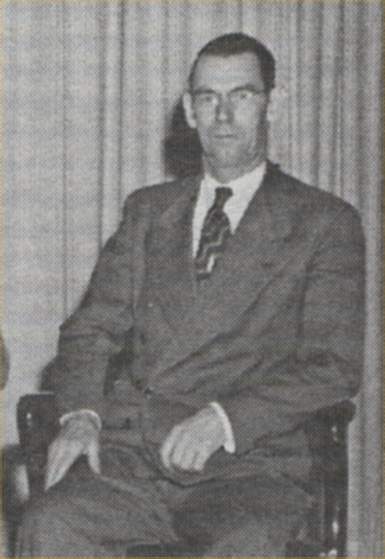
Information:
The Stroop Effect became popular during the 1930’s by John Ridley Stroop. This experiment is used to learn how the brain processes information. This is a demonstration of how the brain experiences slowed processing time because it is trying to sort through conflicting information.
In the Stroop Effect:
1. Subject is given a list of words for colors printed in different colors
2. He is then asked to read the words, you should take the time to compare
3. Subject is then asked to name the color of the ink used to print each word, you should also take time
4. Subject will experience a delayed reaction time, because the subject's brain is trying to suppress the input from the printed words in order to focus on the color of the words.
5. Compare the time it took to complete each test. Usually the amount of time it took to complete the second exam is doubled from the time it took for the first exam.

Conclusion:
The words have a strong influence over our ability to say and process the color. This is why it takes so much time for the subject taking the test to read the color of the words rather than the actual words. The difference between the different information which is what the words say and the color of the words causes a problem on our brain. Some of the reasons why this may happen can be because the interference occurs because words are read faster than colors are named, or because the interference occurs because words are read faster than colors are named, or because the interference occurs because naming colors requires more attention than reading words.

http://www.123helpme.com/view.asp?id=150197
http://faculty.washington.edu/chudler/words.html#seffect



